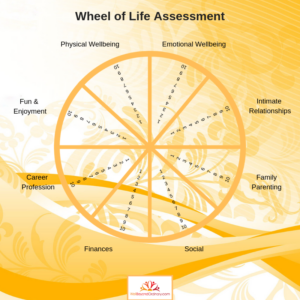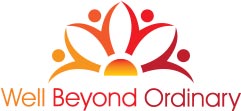 You’re driven by your value of being of service. You see the world through a lens of compassion. You have always been and always will be a helper. This doesn’t mean you’re immune from experiencing stress and burnout. In fact, it can amplify it.
You’re driven by your value of being of service. You see the world through a lens of compassion. You have always been and always will be a helper. This doesn’t mean you’re immune from experiencing stress and burnout. In fact, it can amplify it.
“I’m stressed” is a refrain sung over and over – out loud to others and internally with ourselves. The more we say it, the heavier of a burden it puts on us – depressing our energy levels, quashing creativity, oozing out into our relationships, lowering our productivity, and taking the joy out of our life’s work and our life.
What if it’s not about stress reduction but about transforming stress and the tension it creates? What changes when you have access to more flow and ease, instead? Doesn’t that sound more inviting than “stress management” or “stress reduction”?
In this four-part blog series, we explore tension, stress, flow, and ease in four critical areas – your body, your mind, your relationships, and your work so you can create greater wellbeing. Please note that the current state of healthcare is one that is contributing significant stress to all of the stakeholders. It can only be improved through systemic changes. While strategies for healthcare professionals can be helpful tools for individuals to be able to better manage some of the stress, they should not be looked to as the long term answer.
Wellbeing vs. Wellness
What’s the difference? Most people have a very limited definition of wellbeing. They tend to associate it primarily with physical wellness. But, according to an article written by The Centers for Disease Control and Prevention[1], researchers have identified a range of factors associated with wellbeing including:
- Physical
- Economic
- Social
- Development and activity
- Emotional
- Psychological
- Life satisfaction
- Engaging activities and work
Reflection Point: What is your definition of wellbeing?
Tension vs. Flow
Not all stress is bad. Eustress can help us feel motivated. It activates the brain’s thinking centers and provides the energy needed to pay attention to the details throughout the day.
However, these days when people talk about feeling stressed, they are referring to the kind that wears you down, impedes your ability to make good and clear decisions, and causes destructive reactions of overeating, anger, irritability, and helplessness.
As with stress, not all tension is bad either. Varying degrees of tension for guitar strings gives us different tones and sounds. Without tension, the instrument would not work. Too much tension, and the guitar strings break. Conversely, being in a state of flow allows us to use our strengths, be creative, think clearly, and feel calm.
How do we live more in flow? What does it take to let go of tension that isn’t serving us? First, we must assess in order to see where we are experiencing stress or tension in our life.
Finding the Gap
Awareness is the first step to creating change. Often, we are so busy rushing through life, we learn to make it all work somehow. But coping is a stop gap measure. It does not support growth, mastery, ease, or sustainable wellbeing. It doesn’t lead to an extraordinary life.
An efficient yet impactful assessment tool I use with clients is the wheel assessment. Take a moment and review the different sections of the wheel – and score yourself from 10 to 1 with ‘10’ = feeling at ease and ‘1’ = experiencing a lot of tension. It takes five minutes or less to gain important insights. 
Reflection Point: What gaps do you now see where you are lacking ease in life? Which area on the wheel most needs your attention at this time?
Let’s Start Here
To set yourself up for successful, sustainable change, it’s important to reduce your stress.
Reflection Point: What is one small, consistent change you can make consistently between now and the next month’s post that, if you implemented, you would feel less stressed? Look at the results of your assessment to see which area you’d benefit from having greater ease.
Some common strategies include investing 10 minutes a day doing something that:
- Gets you moving
- Taps your creative brain
- Helps you feel more calm
- Gives you the opportunity to connect with someone you enjoy being with
- Inspires you because of its beauty
- Makes you more mindful of your breath or
- Shifts you from a negative mindset to a positive mindset
Don’t do more than one thing for 10 minutes – but do it daily, no matter what. Give yourself this gift of taking your stress down a notch or two. Every little bit makes a difference. Then watch for part two of this blog series where we focus on moving From Tension to Flow: In the Body.
[1] https://www.cdc.gov/hrqol/wellbeing.htm#

